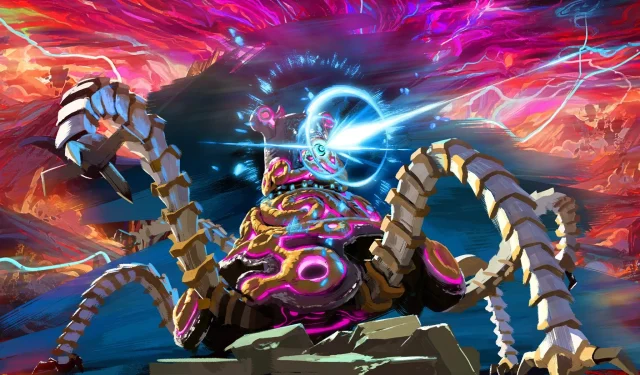
While it unfolds in a fantastical realm, The Legend of Zelda: Breath of the Wild stands as a striking example of post-apocalyptic gaming. The title shares numerous design attributes with other entries in the genre, offering a vivid portrayal of a kingdom, Hyrule, reeling from catastrophic events. Elements of worldbuilding—from the sparse population to the vastly changed environment—depict a land grappling with the aftermath of utter chaos.
Typically, the backdrop of many popular post-apocalyptic games leans towards science fiction; however, BOTW introduces a unique twist with the dark magic central to the Calamity. Calamity Ganon presents a distinctive interpretation of villainy, enhancing the game’s expansive scope. Although the game does not explicitly label itself as post-apocalyptic, the remnants of devastation narrate a compelling story of survival and ruin.
10 Survivors Are Scattered Across The Land
The People of Hyrule Are Few And Far Between

Hyrule, as depicted in BOTW, is a mere shadow of its glorious past. Following the devastating assault by Calamity Ganon, the populace has dwindled to isolated settlements scattered across the landscape. While the towns and villages exude a semblance of tranquility, lurking threats from monsters create an ever-present danger.
In true post-apocalyptic fashion, the small communities of Hyrule are highly fragmented, with only a few brave souls such as traders and treasure hunters daring to traverse the perilous roads. Encounters with monsters are frequent, often resulting in the NPCs being swiftly overpowered, underscoring the formidable dangers that render exploration perilous for the average individual.
9 Most of Hyrule Is a Vast Wilderness
Nature Has Reclaimed Much of the Fallen Civilization
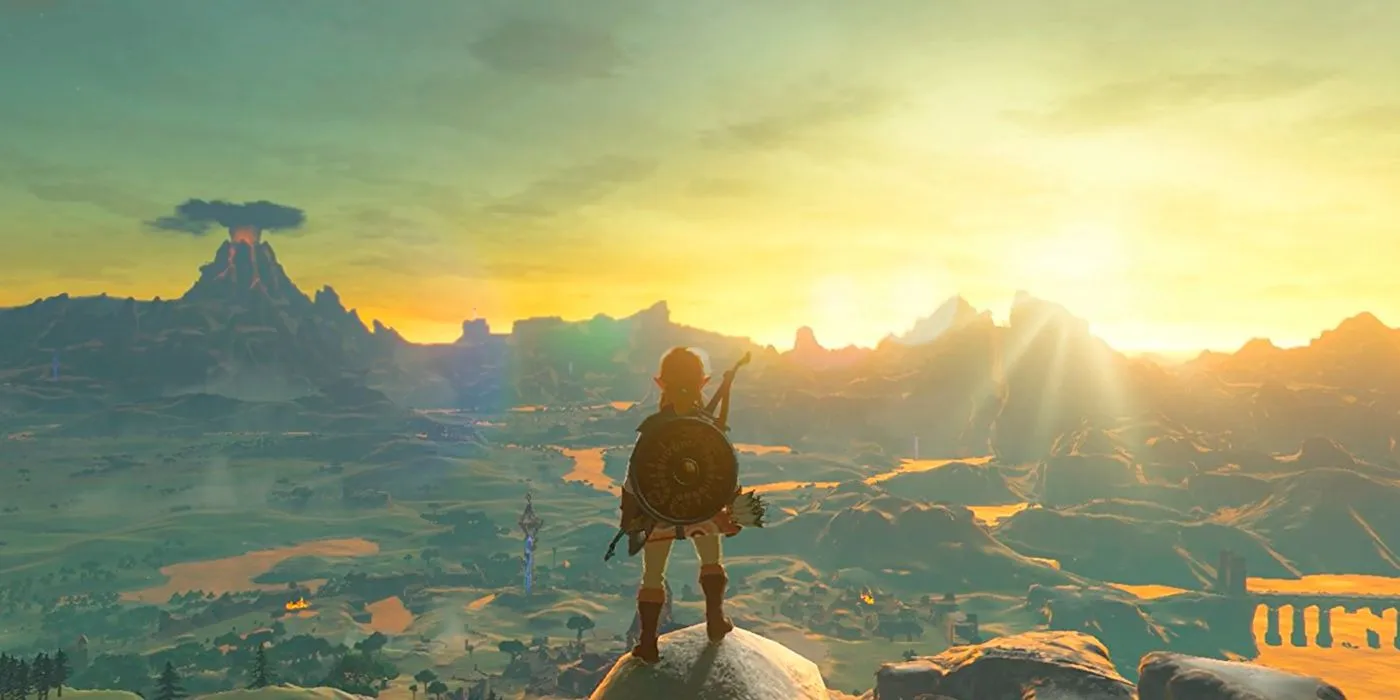
The majority of Hyrule consists of untamed wilderness, dwarfing the areas of human habitation. This desolation serves as a testament to the Calamity, which claimed countless lives and obliterated entire neighborhoods. Without anyone left to undertake the rebuilding effort, nature has triumphantly regained ground.
This depiction aligns with common motifs in post-apocalyptic narratives, where societies struggle to restore civilization amidst overwhelming odds. In BOTW, the prevailing wilds signify nature’s reclamation, as remnants of past lives are shrouded under overgrowth. While other stories may establish a world bereft of life, Hyrule illustrates a landscape rich in natural regrowth, albeit at the cost of human civilization.
8 A Once-Thriving Civilization Lies In Ruins
The Remains of Buildings Are Common Sights
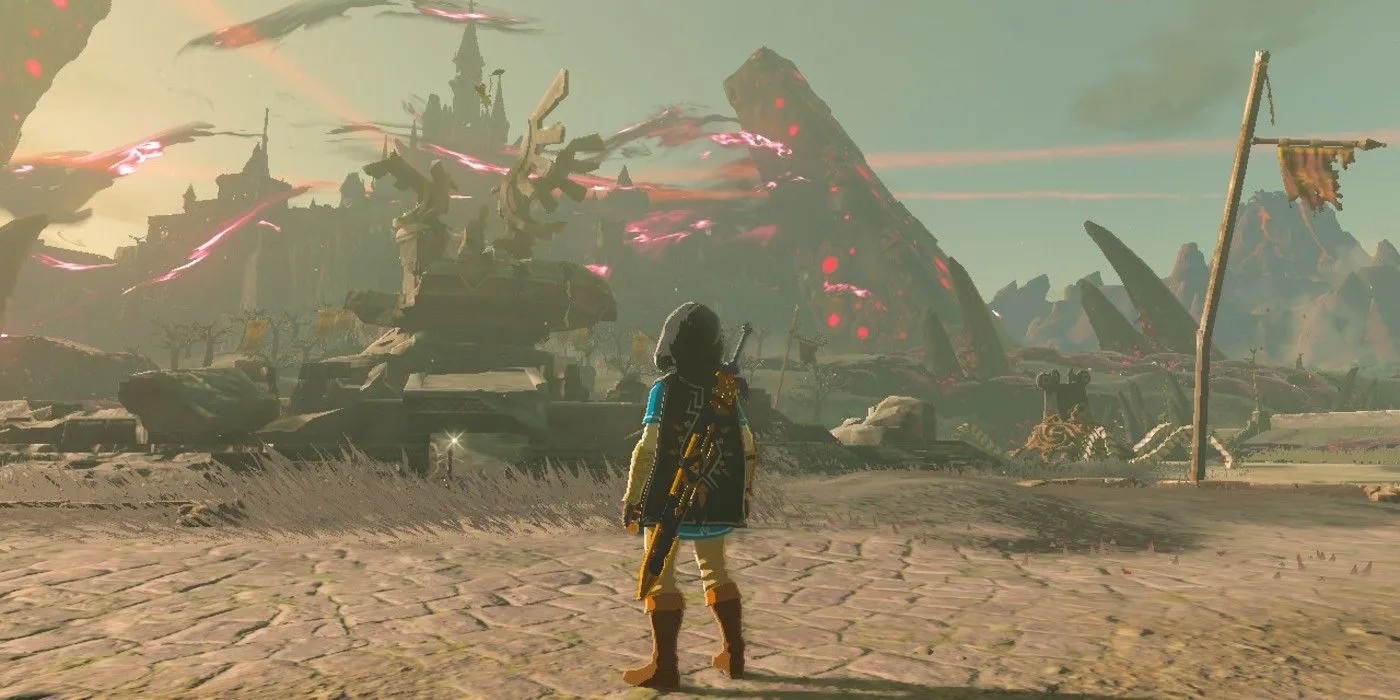
Hyrule’s landscape is peppered with the remnants of structures laid waste by the onslaught of Calamity Ganon. Iconic locations, including Lon Lon Ranch and Castle Town, lie in tatters, serving as vivid reminders of the civilization that once thrived. As players traverse Hyrule, they consistently uncover evidence of devastation, affirming its once-robust nature.
Link’s exploration reveals that Hyrule was once expansive, filled with vibrant villages and outposts now reduced to mere piles of rubble. Although the beauty of Hyrule’s surface captivates, a deeper inspection unveils the haunting remnants of loss and decay.
7 Environmental Storytelling Explains Hyrule’s Downfall
It Is Easy to See How The Guardians Tore It Apart
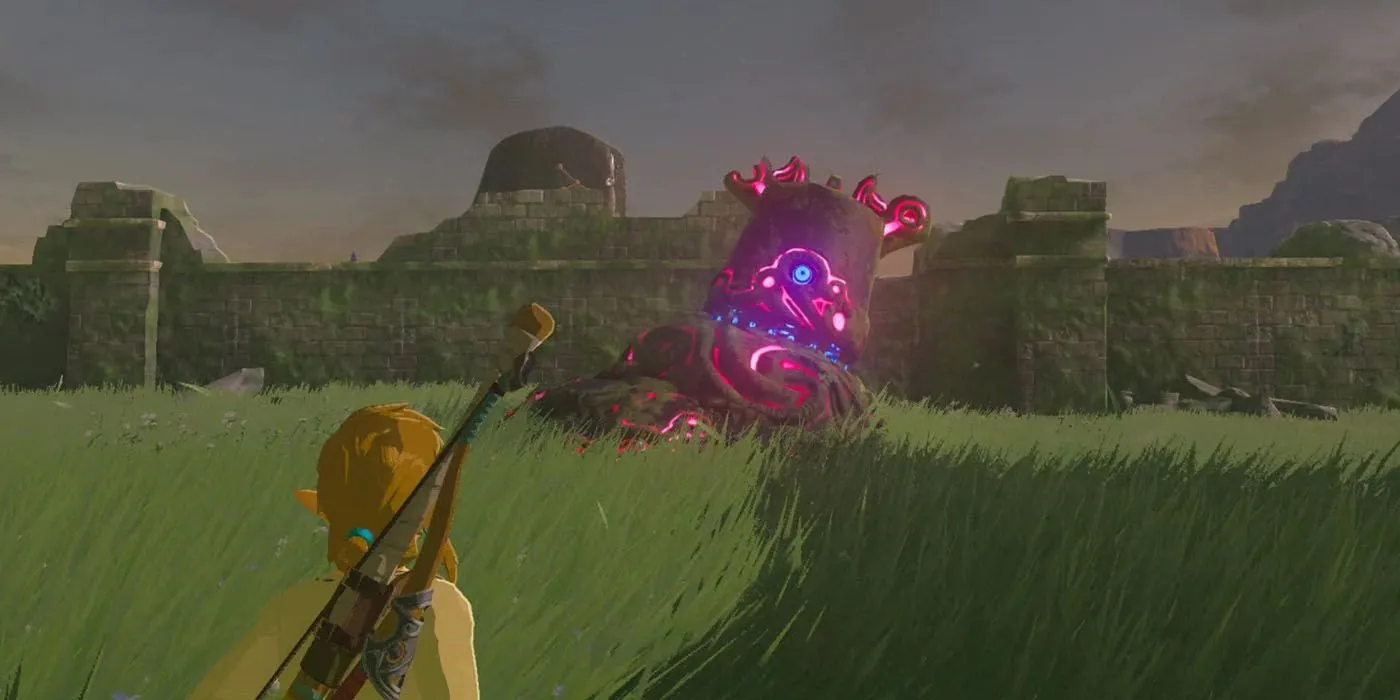
The many ruins scattered throughout Hyrule narrate the tale of the Calamity without the need for dialogue. Notably, the wreckage of Guardians serves as stark evidence of the kingdom’s fall. Originally protectors of Hyrule, they became enforcers of destruction upon Ganon’s corruption, illustrating the chaotic path of devastation.
Fragments of broken coaches by the roadside symbolize the frequent peril faced by travelers, reinforcing the necessity for anyone navigating Hyrule to prioritize speed and caution—qualities that link the player to survival instincts prevalent in post-apocalyptic storytelling.
6 Hyrule’s Past Glory Is All But A Legend
Very Few People Remember The Kingdom As It Used To Be
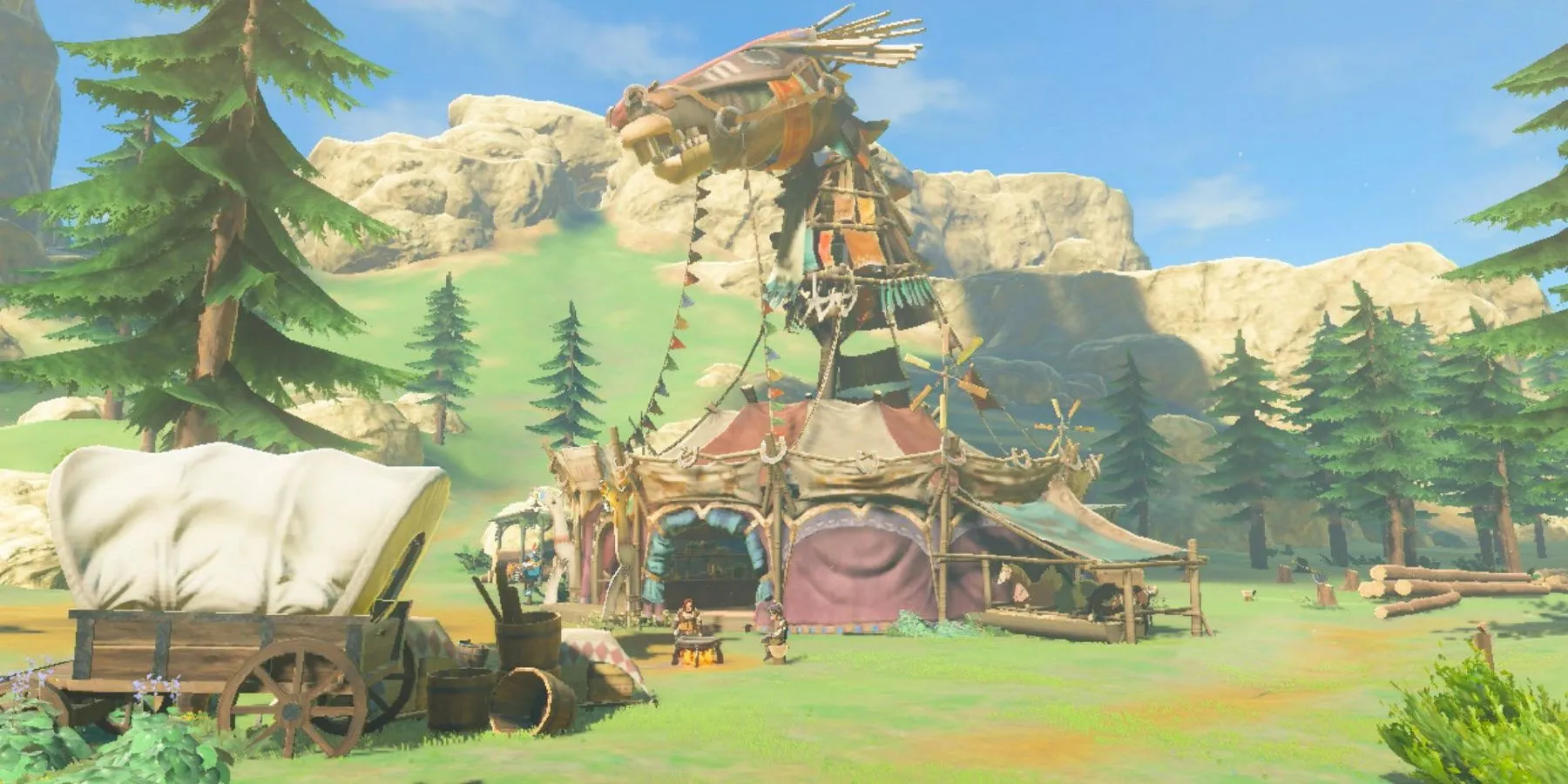
The passage of time weighs heavily in BOTW, with the present inhabitants largely unaware of Hyrule’s illustrious past. Most characters barely remember life before the Cataclysm, and much of the cultural heritage associated with the kingdom has faded. While remnants of stories and myths abound, they only highlight the chasm between the current reality and Hyrule’s bygone era.
Despite merely a century passing since the Calamity, the loss feels profound across generations. A majority of survivors lack any knowledge of the time when Hyrule thrived. This narrative thread aligns with post-apocalyptic norms, emphasizing how immense catastrophes irrevocably alter the course of history, leaving only whispers of what once was.
5 The Infected Guardians Invoke a Robot Apocalypse
Their Corruption Into An Evil Army Is A Typical Plotline
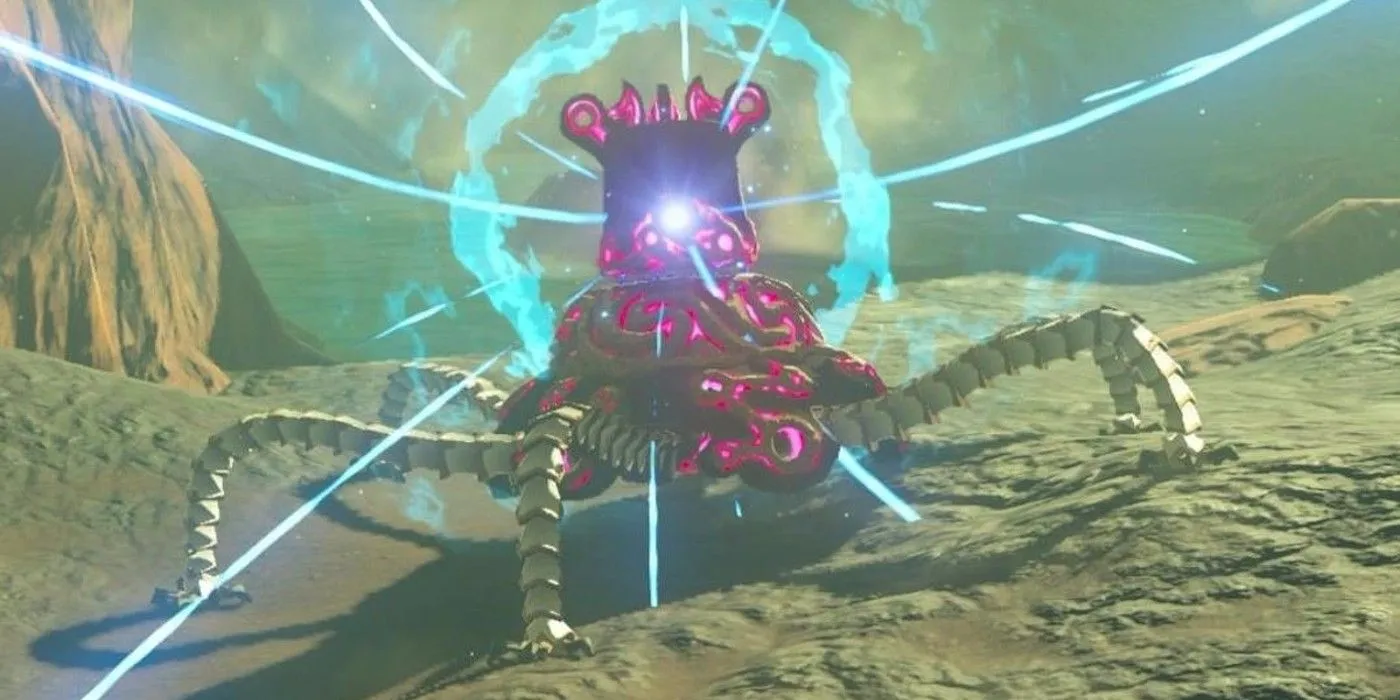
The catastrophic rise of the Guardians closely parallels a common narrative found in stories featuring robot apocalypses. Their transformation into instruments of destruction, guided by the malevolent influence of Calamity Ganon, illustrates the dangers associated with sentient technology. Ganon’s ability to commandeer the Guardians adds both a sci-fi and fantasy layer to the narrative.
As formidable foes throughout BOTW, the corrupted Guardians embody the chaos unleashed by their own design—merely serving to amplify the post-apocalyptic sentiments embedded within. These once-protectors now serve as potent reminders of the catastrophic turn of events and the dire conditions that ensue.
4 The Divine Beasts Are Ancient Superweapons
They Are Technological Masterpieces Capable Of Mass Destruction
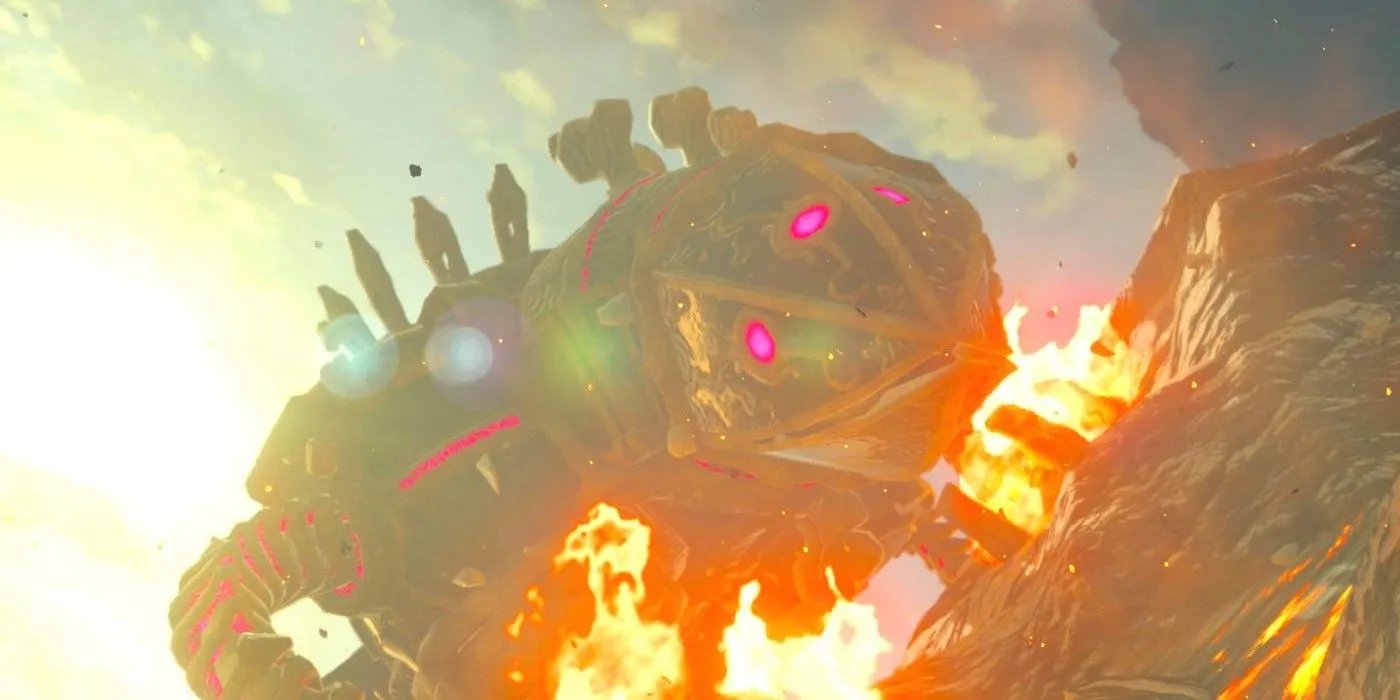
The four Divine Beasts of BOTW, akin to the Guardians, introduce a significant technological dimension to the narrative that diverges from conventional Zelda lore. Regarded as the apex achievements of the ancient Sheikah, these mechanical entities possess formidable power, meant to counteract Calamity Ganon. Despite the setbacks posed by Ganon’s forces, their failure to combat the onslaught remains a significant narrative point.
These weapons of mass destruction, while rooted in ancient history, serve crucial roles in both story and gameplay. As Link awakens in the game, the awakening of these Divine Beasts heralds both an opportunity for salvation and a potential hazard for Hyrule as they awaken from their slumbers.
3 The Yiga Are A Doomsday Cult
Their Aim Of Killing Link Would Doom Hyrule
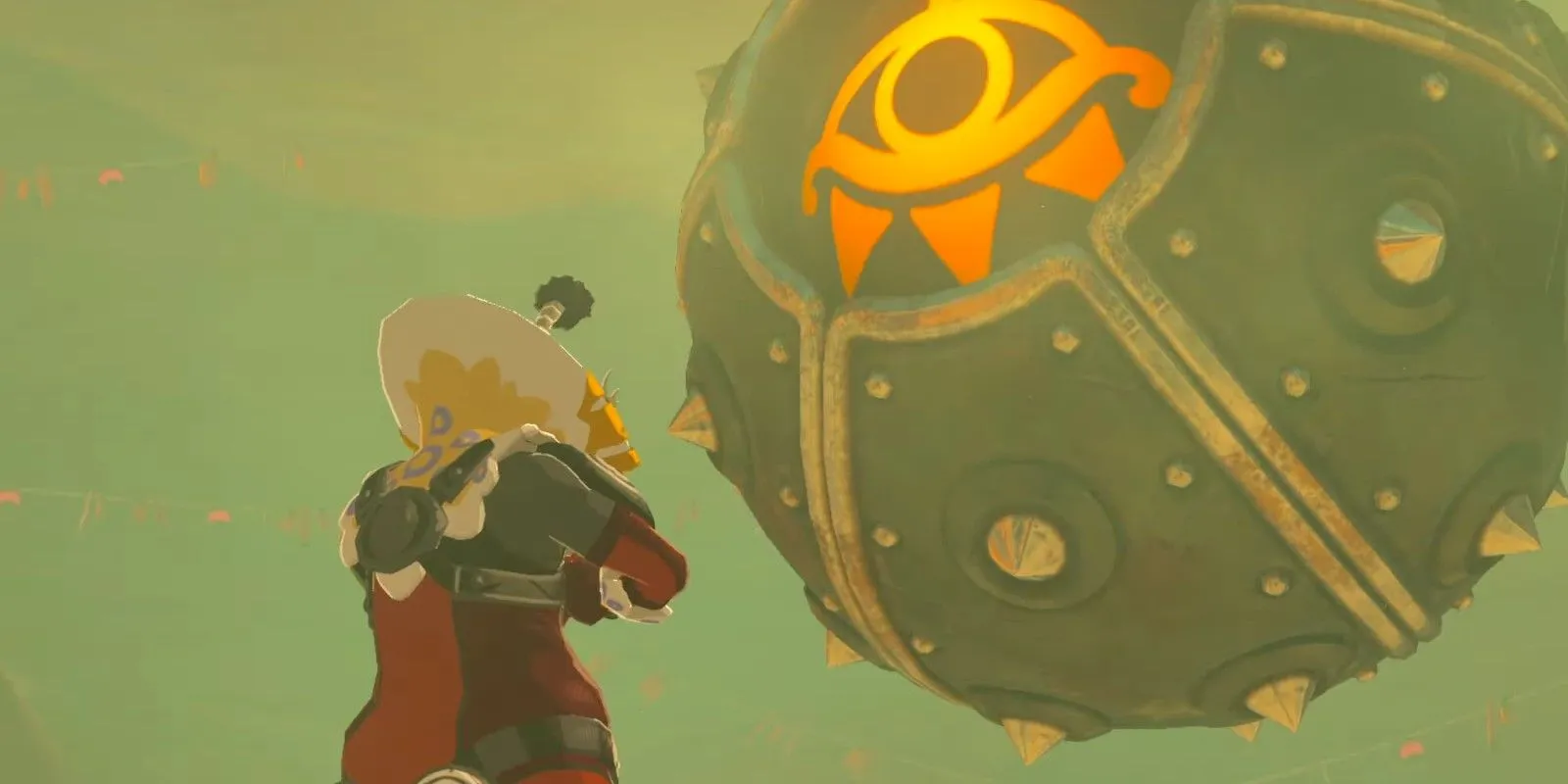
The Yiga Clan aligns themselves fervently with Calamity Ganon, actively aiding his quest to obliterate Hyrule. Their utmost goal—to eliminate Link—reveals their allegiance to their destructive “god.”This establishes the Yiga as pivotal antagonists, perpetually obstructing Link’s journey and posing threats to Hyrule’s very existence.
Interestingly, as depicted in Age of Calamity, the Yiga face their own peril from Ganon, though they often overlook this harsh reality in their blind hatred for the kingdom. Their aspirations to bring about an apocalypse starkly contrast with the motivations of other surviving factions, presenting a nuanced view of loyalty amidst a crumbling world.
2 Technology Is Rare But Pivotal
Sheikah Tech Is What Allows Link To Overcome Countless Obstacles
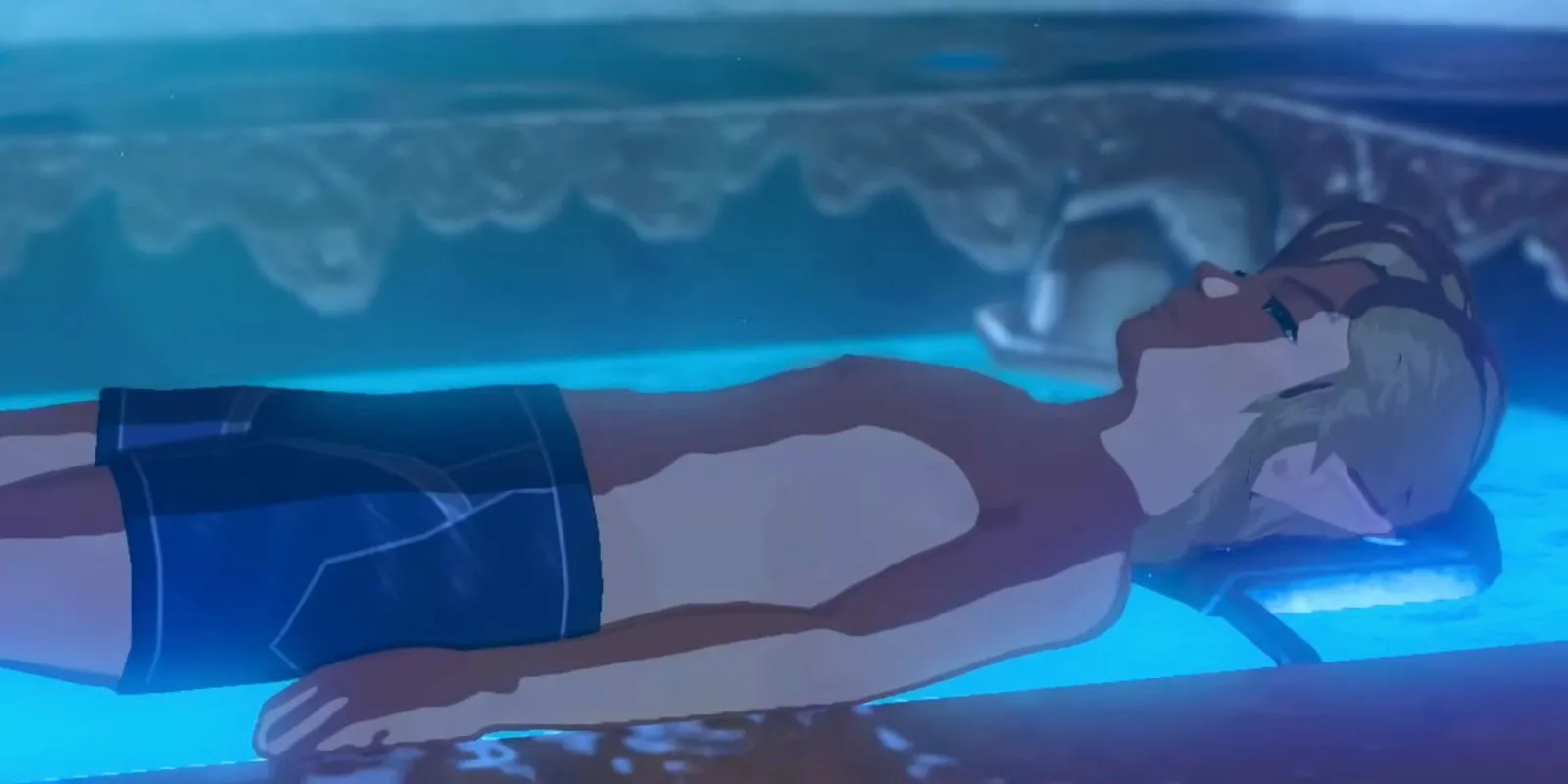
The ancient technology of the Sheikah plays an indispensable role in Link’s adventure, embodying the rarity and significance of advanced tools in a post-apocalyptic setting. The Sheikah Slate is emblematic of this, showcasing how antiquated technology provides an edge against antiquated threats.
While it mirrors the tropes of other post-apocalyptic narratives—including the scavenging of bygone brilliance— BOTW uniquely positions Sheikah Tech as an emblem of hope for Hyrule. Despite being remnants of a previous era, advancements are still accessible, growing more vital as Link confronts adversities hastily.
1 Link Gives Hyrule The Hope To Rebuild
The Hero of Hyrule Helps It to Move On From Its Destructive Past
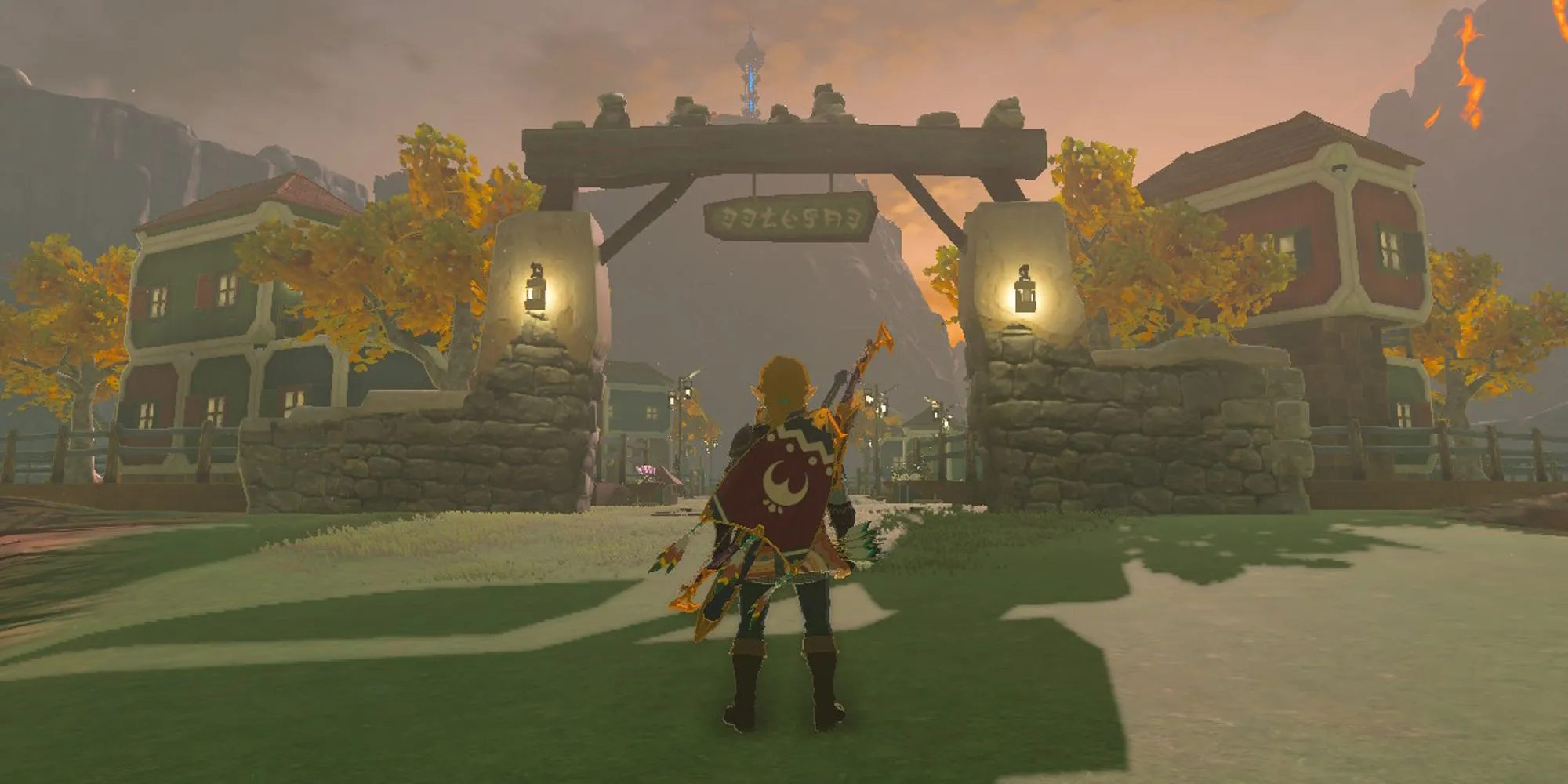
Despite the grim atmosphere present in post-apocalyptic landscapes, there often lies a flicker of hope. In BOTW, Link embodies this hope as he embarks on a quest that empowers Hyrule towards recovery from the ravages of Calamity Ganon. His involvement in establishing Tarrey Town symbolizes a crucial turning point for the kingdom’s future; without Link’s influence, the community might never have emerged.
Throughout his journey, Link exemplifies the archetype of a post-apocalyptic hero, aiding Hyrule’s denizens, vanquishing mechanized threats, and harnessing ancient technology to face down darkness. If players choose to engage in side quests, they can enable Link to foster brighter prospects for Hyrule, steering its inhabitants towards a hopeful tomorrow.




Leave a Reply